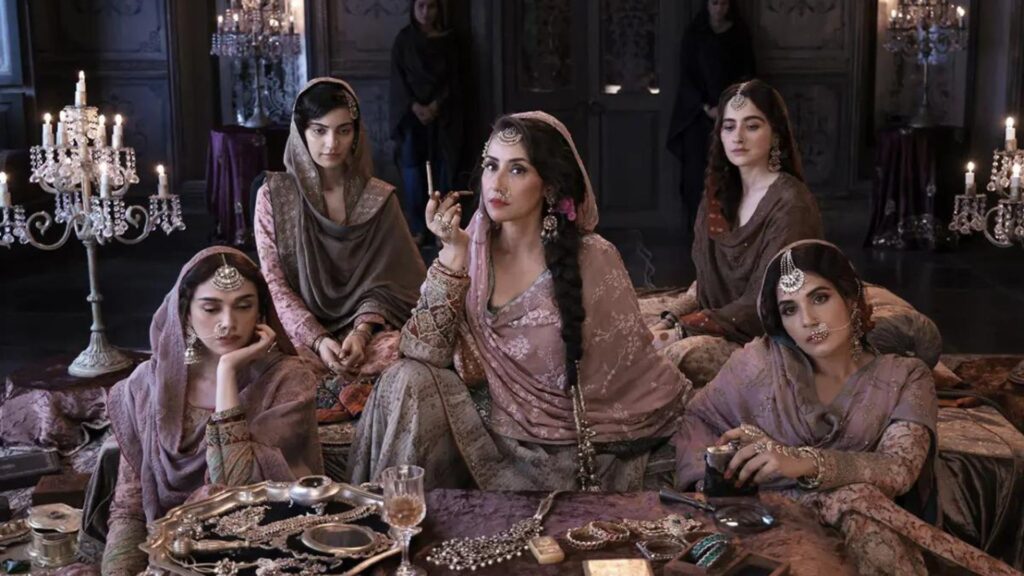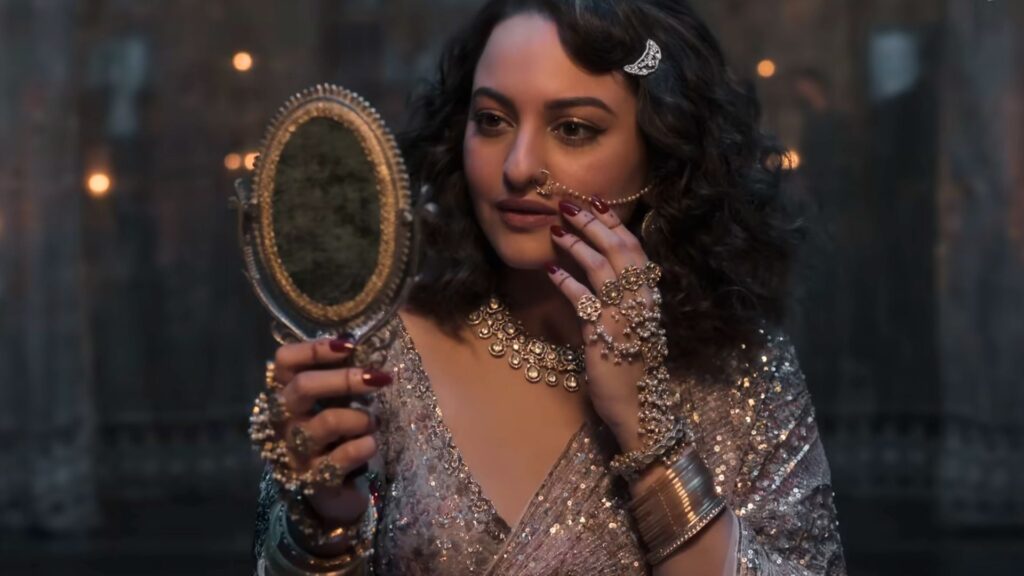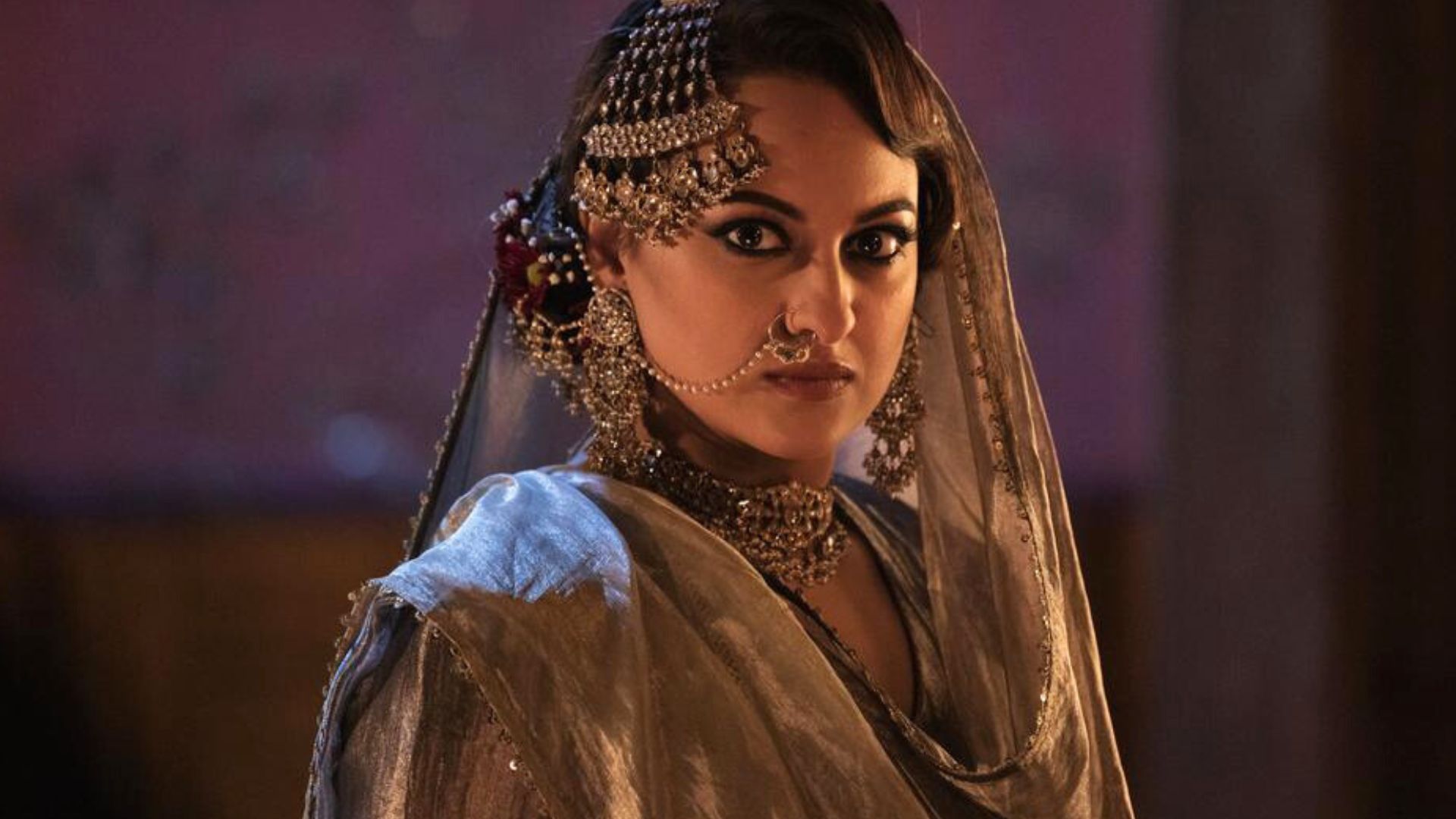The Indian series Heeramandi: Court diamondson Netflix, delves into the politically tumultuous history of courtesans in eight episodes, or tawaifs.
The courtesans ofHeeramandi rebel against the English colonization of India, on Netflix. This Indian series, available since May 1, 2024, takes place in the 1940s, while political revolt is brewing in the country. In these 8 episodes, director Sanjay Leela Bhansali tells us about the lives of tawaifs. If the series integrates a murder story, political intrigue and intimate trajectories, courtesans really existed in India. The characters are fictitious; but not their sources of inspiration.
Advertisement
Heeramandi or courtesans in India
THE tawaifs (translatable as “courtesans”) were very important figures in India. They were even “ cultural idols », explains Radhika Raghav, professor of social sciences specializing in the subject, in The Conversation. They were figures of both entrepreneurs and intellectuals.
“ Their financial, political and sexual independence challenged patriarchal norms »
“ Generally following a matrilineal system of inheritance (from women to women)courtesans passed on their knowledge and professional skills to the talented girls of the house », Adds Radhika Raghav. These knowledge and skills: music, dance, fashion, poetry, languages, literature and even social “etiquette”. After their training transmitted by inheritance, they attracted the patronage of feudal aristocrats, colonial officers, members of the royal court.

They then had privileges forbidden to most women in the country, such as educational training and… a salary. In addition to holding certain power, having the possibility of traveling or even embracing gender fluidity. “ Their financial, political, and sexual independence challenged patriarchal gender norms and restrictive Hindu moral laws that dictated the lives of women from upper-middle-class families. »
“ Even if the world doesn't sing their praises, they played their part in history »
Because of their power, they have had political, economic and cultural influence in India. “ Even if the world doesn't sing their praises, they played their part in history and eventually found freedom “, says director Sanjay Leela Bhansali, in TIME. He hopes that the series allows us to see them.
Advertisement


A story inspired by real courtesans
The women featured in the Netflix series are built in part on historical accounts, taken from real tawaifs. This is particularly the case for one of the heroines, Bibbojaan (played by Aditi Rao Hydari), who is inspired by Azizan Bai.
In Kanpur, in northern India, it supported (especially financially) a rebellion in 1857 against the British East India Company. Moreover, little by little, throughout the 19th century, the residences of courtesans throughout the country became dens for rebels.


But if the series describes the courtesans as anti-colonialist patriots, the reality was complex: the nationalists were not really favorable to the way of life of the tawaifs. “ Imperial and nationalist ideals both opposed the sexual freedom of courtesans », nuance Radhika Raghav. Worse: during a whole period, at the beginning of the 20th century, “ Hindu reformers and bourgeois nationalists joined Christian missionaries to organize anti-nautch campaigns (anti-courtesans)”, by campaigning for the boycott of their residences in the name of supposed “immorality”.
This led to the decline of their class — as seen in the series set in the 1940s. However, as researcher Radhika Raghav points out, courtesans “ knew how to reinvent yourself » upon entering modernity. This, for example by focusing on the song — like Gauhar Jaana courtesan who became a famous singer – and developing the Indian film industry.


